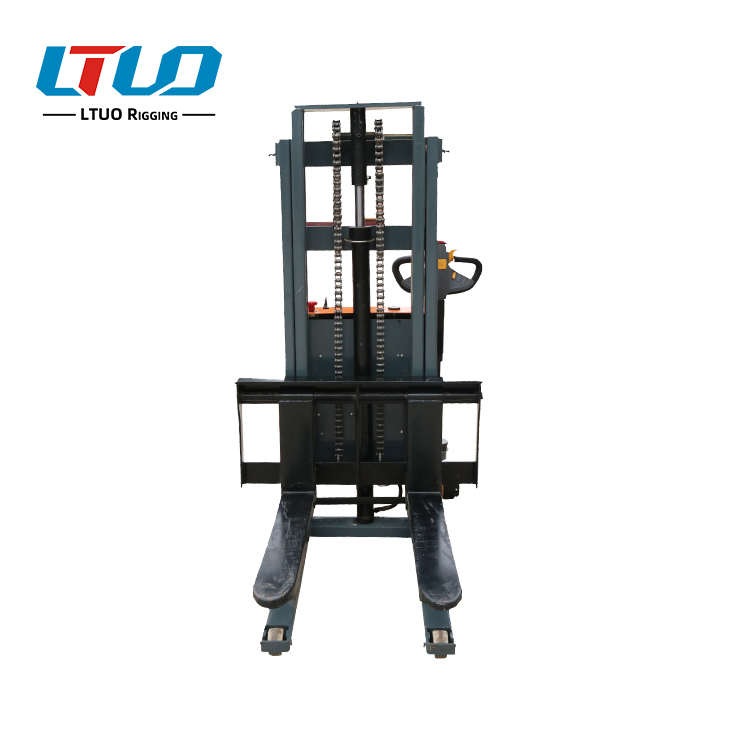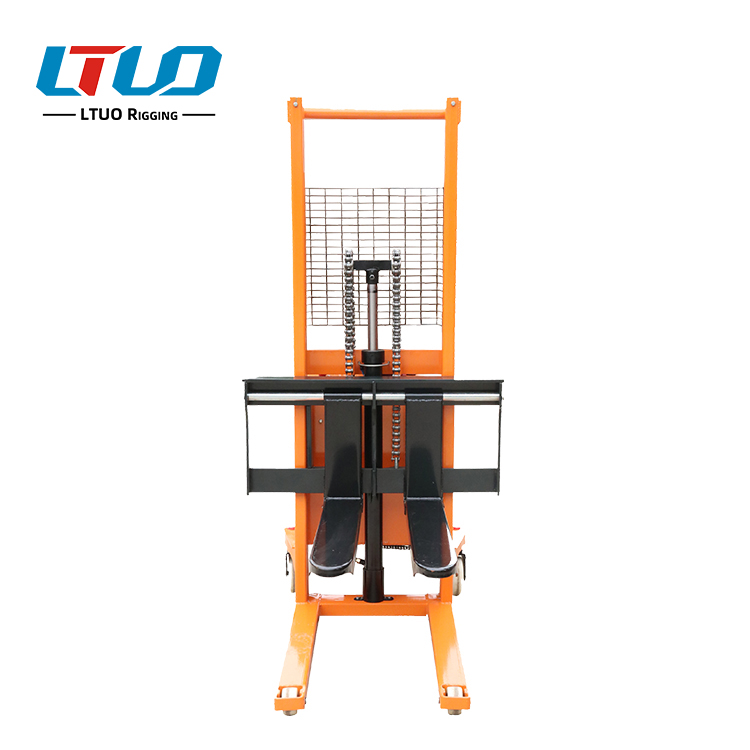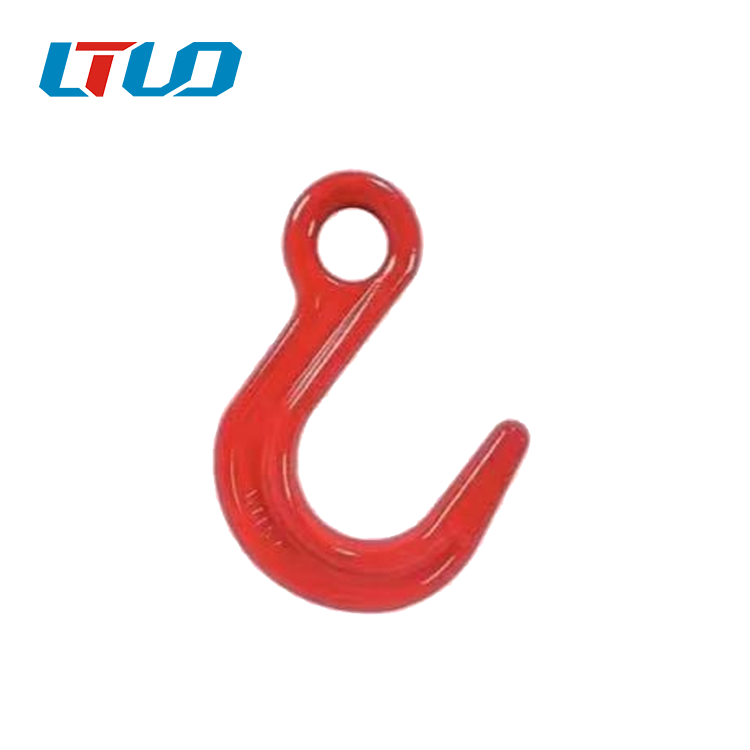According to different types of forging equipment, the die forging process can be divided into: hammer die forging, crank press die forging, flat forging machine die forging, screw press die forging, hydraulic press die forging, high speed hammer die forging and Die forging with other special equipment (such as precision press, roll forging machine, rotary forging machine, hole reaming machine, bending machine, etc.). Although there are many die forging methods, they are essentially the same. They all use plastic deformation to force the billet to be formed in the forging mold groove. Its advantages are:
1. High productivity;
2. The shape of the forging is relatively complex, and the dimensional accuracy and surface finish are relatively high;
3. The machining allowance of the forging is small, and the material utilization rate is high;
4. It can make the streamline distribution more complete and reasonable, thereby further improving the service life of parts;
5. The production process is easy to operate, and the labor intensity is lower than that of free forging;
6. The cost of forging is lower.
Next: How to choose steel plate clamp?
Previous: Product introduction of CDH type vertical steel plate hoisting tongs

2TC Series:The microelectric Stacker is a manual propulsion and electric stacker that provides cost-...

1tC Series:The microelectric Stacker is a manual propulsion and electric stacker that provides cost-...

Smooth surface, uniform color, specifications, information, clear CE markingMade of high quality all...

Rated load: 3.8TPurpose: The hook is mainly used as a connecting tool in lifting operationMaterial: ...